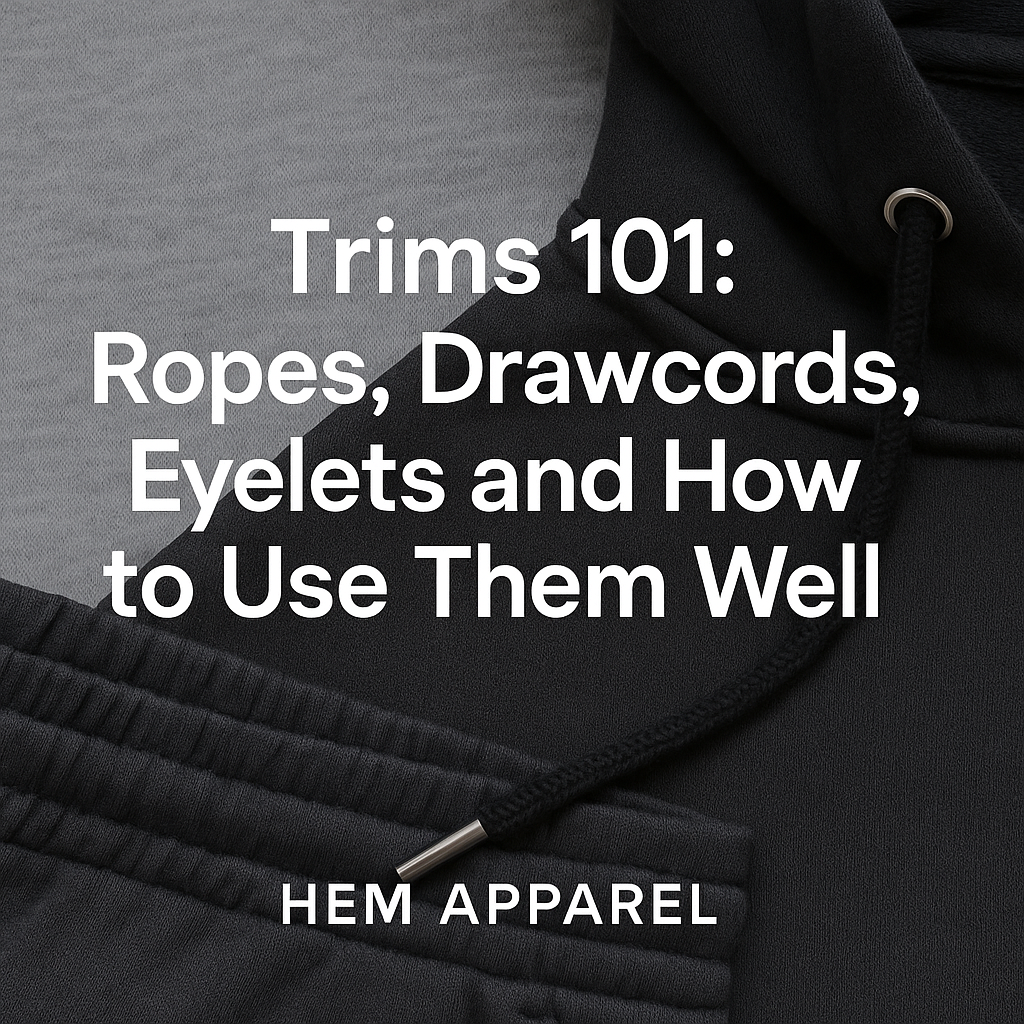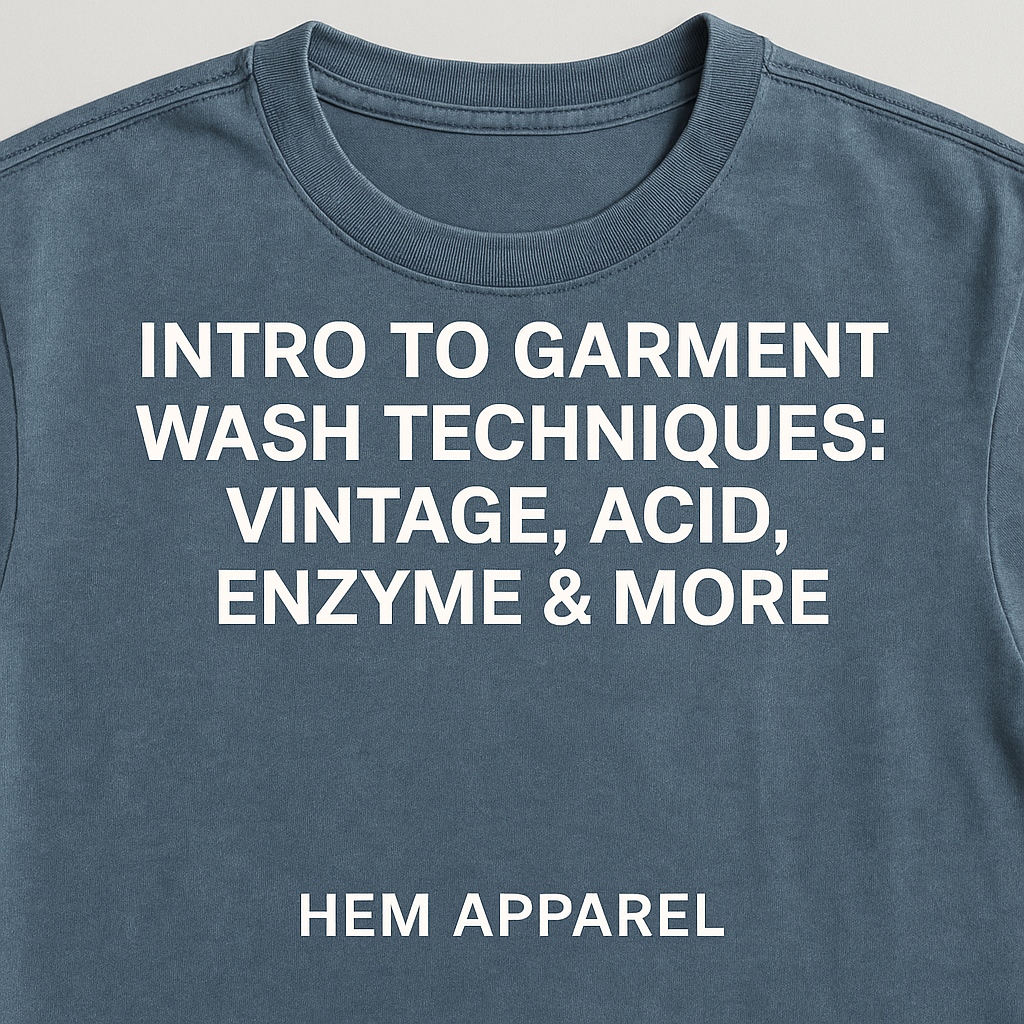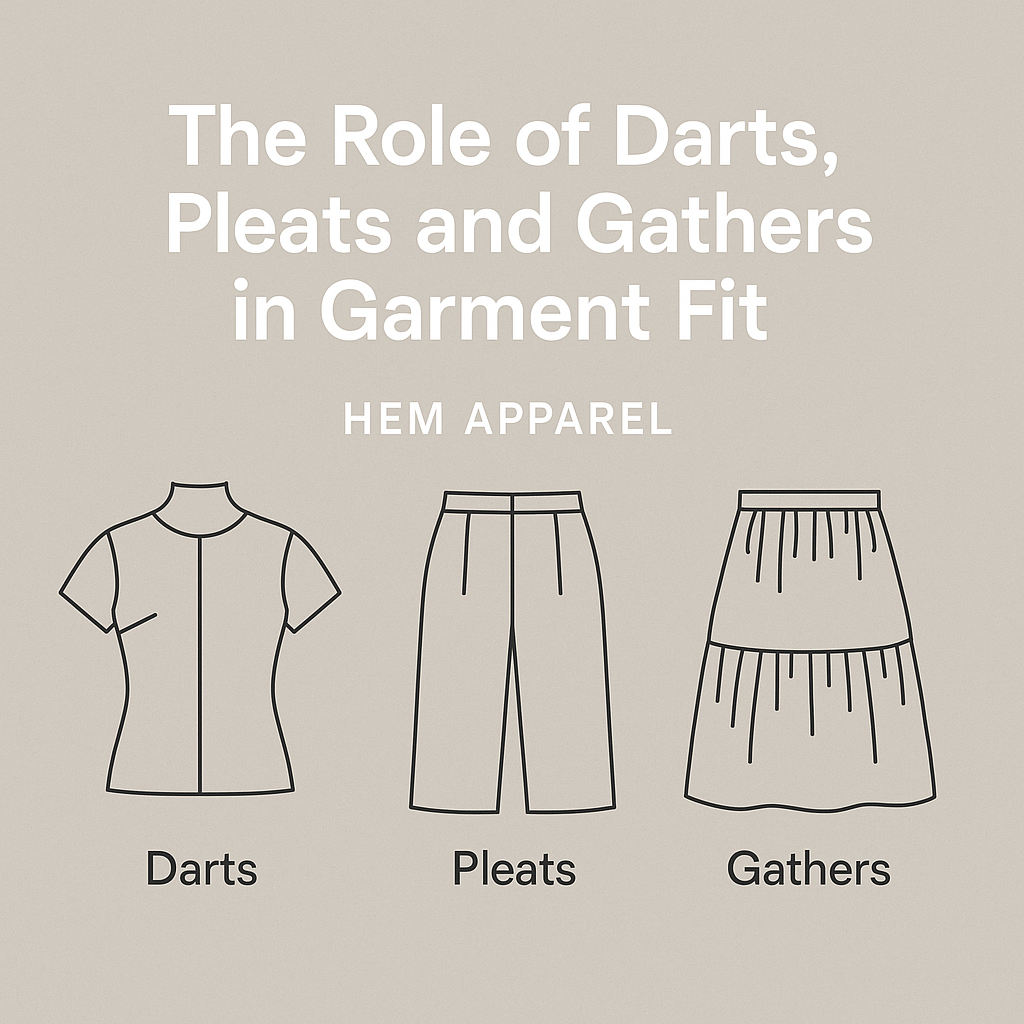When starting a fashion brand, one of the first decisions you’ll make is what types of products to include in your collection. Will you sell just T-shirts? Or a full range of tops, bottoms, and outerwear?
Understanding product categories not only helps with design and planning — it also improves communication with manufacturers and makes your collection feel balanced and complete.
1. What Are Product Categories?
Product categories are how we group garments based on how and where they’re worn. They help simplify:
-
Collection planning
-
Cost forecasting
-
Production and inventory breakdown
-
E-commerce navigation
At HEM APPAREL, we commonly group garments into five core categories:
| Category | What it Includes |
|---|---|
| Tops | T-shirts, shirts, polos, hoodies |
| Bottoms | Jeans, joggers, leggings, shorts |
| Outerwear | Jackets, coats, windbreakers |
| One-piece | Dresses, jumpsuits, overalls |
| Sets | Matching top-bottom outfits |
2. Choosing the Right Mix for Your Brand
Not every brand needs every category. Your choice depends on:
-
Target audience: What do your customers wear daily?
-
Brand identity: Are you minimal, sporty, luxury, or streetwear?
-
Budget: More categories = more samples = higher development cost
Tip: Most new brands start with 1–3 core styles in the “Tops” category, especially T-shirts and sweatshirts.
3. Category Examples by Brand Type
Let’s look at what product categories make sense for different types of fashion brands:
| Brand Type | Recommended Product Categories |
|---|---|
| Merch Brand | Tops (T-shirts, hoodies) |
| Fitness Brand | Bottoms (leggings), Tops (sports bras) |
| Resortwear | One-piece (dresses, kaftans), Sets |
| Streetwear | Tops, Bottoms, Outerwear |
| Workwear Brand | Bottoms, Outerwear, Tops |
4. Planning Quantity by Category
Once you choose categories, think about quantity. Here’s a simple sample split for a small collection:
| Category | No. of Styles | Notes |
|---|---|---|
| T-Shirts | 2 | Core pieces with branding |
| Hoodies | 1 | High-value item for retail margin |
| Joggers | 1 | To complete a set |
| Jacket | 1 (optional) | Seasonal piece or hero product |
At HEM APPAREL, MOQ for blank T-shirts is 300 pcs/style, while custom hoodies or joggers may start from 250–500 pcs/style, depending on materials and complexity.
5. Communicating with Your Manufacturer
Clearly identifying your categories helps speed up the process. For example:
✅ Say: “We want to develop an oversized hoodie with 400gsm fleece, front pocket, and rib cuffs.”
🚫 Avoid: “I want a warm top with logo…”
Let your manufacturer know:
-
Category & product name
-
Intended fabric & weight
-
Construction details (e.g., zippers, hoods, pockets)
-
Artwork or branding zones
At HEM APPAREL, our merchandisers and sample development team are trained to help you refine this, even if you’re new.
🔚 Conclusion
Understanding product categories is one of the first (and smartest) steps you can take as a brand owner. It helps you build a clean, focused collection, estimate costs better, and streamline communication with your factory. Whether you're planning 2 pieces or 20, start with clear product categories — and let the rest follow.
HEM APPAREL – Your trusted manufacturing partner for high-quality custom apparel, made in Vietnam





